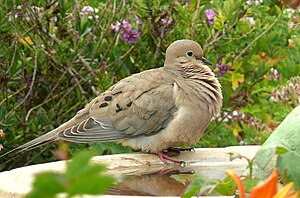
A 200-year-old mystery has finally been solved.PHILADELPHIA—In 1824 John James Audubon (1785-1851), the eminent artist of American birds and animals, created a drawing of a running grouse for use in the design for a New Jersey bank note. Although the artist mentions the drawing and the resulting engraved paper money in...
Category ›
Quick fun Facts

























